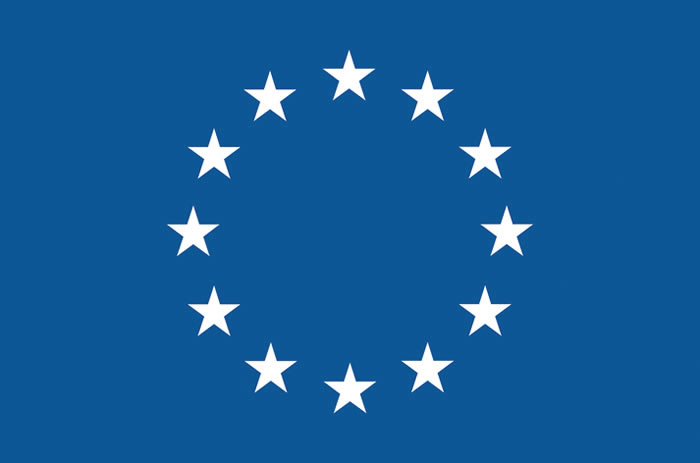Butnarasu, Cosmin
Cosmin Stefan Butnarasu is a PhD candidate in Pharmaceutical and Biomolecular Sciences at the University of Turin. His research is focused on exploiting mucus models to assess the permeability of drugs to uncover the different phenomena that limit drug diffusion through human mucosa. Recently, he started to investigate and develop a protein-based nanocarrier to efficiently deliver drugs ensuring readiness for future outbreaks. Among other research projects, he investigated the application of squaraine dyes as fluorescent probes to detect disease-associated biomarkers. He is (co)author of 6 publications in international peer-reviewed journals.
Abstract:
Understanding the mechanisms governing the interaction of drugs with mucus using a novel biosimilar mucus model
Topic:
A constitutive mucus layer covers all the wet epithelial tissues ensuring lubrication and protection against external threats. Mucus can represent a strong barrier to tackle even for oral or pulmonary administered drugs (Figure 1). Despite the critical role played on drug absorption, very little is known about the molecular properties that mediate the interaction of drugs with mucus (Butnarasu, 2019). Moreover, due to its high biological complexity and heterogeneity, it is difficult to recreate a robust and reproducible in vitro model suitable for high throughput screening purposes. We have developed a biosimilar mucus model that mimics a pathological mucus (Pacheco, 2019). A natural polysaccharide was used to reproduce the viscoelastic behaviour while the composition was mimicked by adding mucin which is the main glycoprotein forming mucus. An in vitro mucosal surface was recreated by coupling the mucus model to 96-well permeable supports pre-coated with structured layers of phospholipids (PAMPA). Eventually, the permeability of a library of commercially available drugs was investigated in the absence and presence of the mucus model loaded on PAMPA plates. The mucus model not only represented a physical barrier, but it really behaved as an interactive filter. Different molecular structures were differently retained by mucus. The diffusion of the majority of the tested compounds was reduced; for some of them, the effect was less pronounced while for a few the diffusion was even enhanced. Multivariate statistical analysis was used to decipher the molecular descriptors that play a pivotal role in drug retention on mucus. Since drug development is characterized by a high rate of failure, the mucus platform could help to reduce at an early drug discovery stage the number of poor performers that reach preclinical trials. Moreover, the model is completely tunable as other mucus components (lipids, DNA, proteins) could be included during the production phase.
Back to speaker overview Back to Oral- and Flash presentations overview





